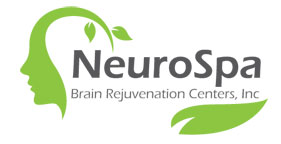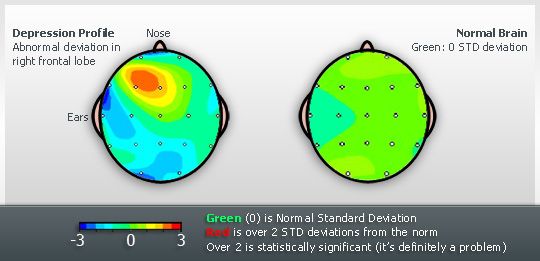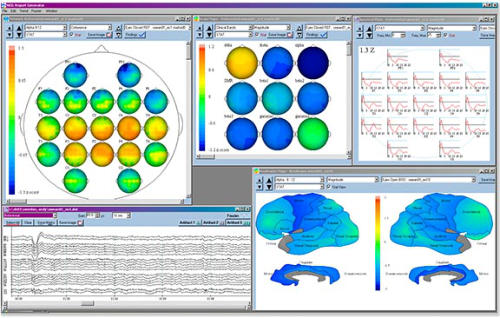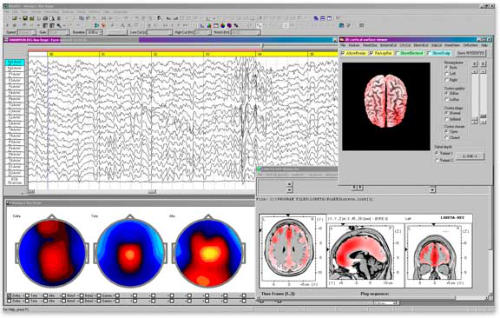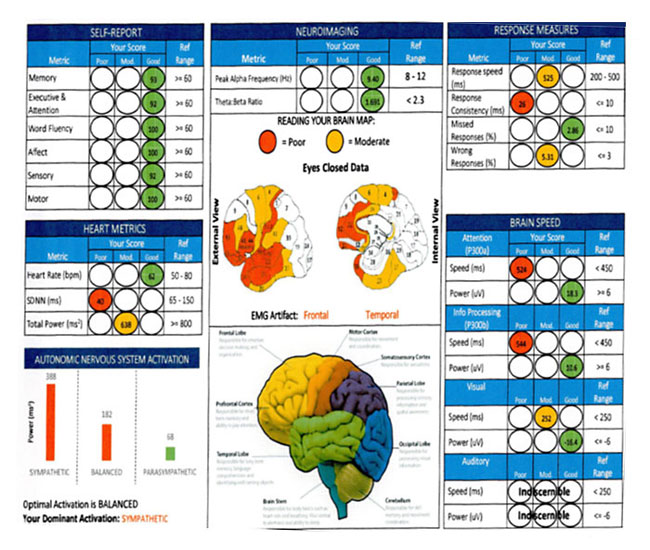The first step for any successful program is an accurate and precise diagnosis. The more accurate and precise the diagnosis, the clearer the map for treatment, ensuring the best outcome. While the experience and judgement of a good clinical is paramount, use of advanced objective measures is extremely helpful, not only for diagnosis, but as a solid method of gauging progress during and after treatment.
qEEG brain mapping literally ‘maps’ out the functionality of multiple brain regions. Electroencephalography (EEG) is the measurement of electrical patterns at the surface of the scalp which reflect cortical activity and are commonly referred to as “brainwaves.”
Quantitative EEG (qEEG) is the analysis of the digitized EEG, and in lay terms this sometimes is also called “Brain Mapping”. qEEG is an excellent step toward discerning what’s going on inside the brain without surgery or similar intrusive and potentially dangerous methods of exploration. But how does qEEG work, and what can the procedure discover that aids in diagnosis and treatment?
qEEG brain mapping traces the electrical activity of the brain. Doctors, psychiatrists, technicians, and other professionals can use the data generated to diagnose and treat specific disorders and conditions like strokes, tumors, OCD, ADHD, sleep issues, brain injuries, and others. Compared with surgery and even MRI and other scanning methods, qEEG is easier on the patient while still quickly delivering clear and enlightening results.
Below are examples of reports with clear diagnostic metrics as well as Before and After treatment progress reports. If you have further questions or want to learn if qEEG brain mapping is the right option for you, contact us today.
